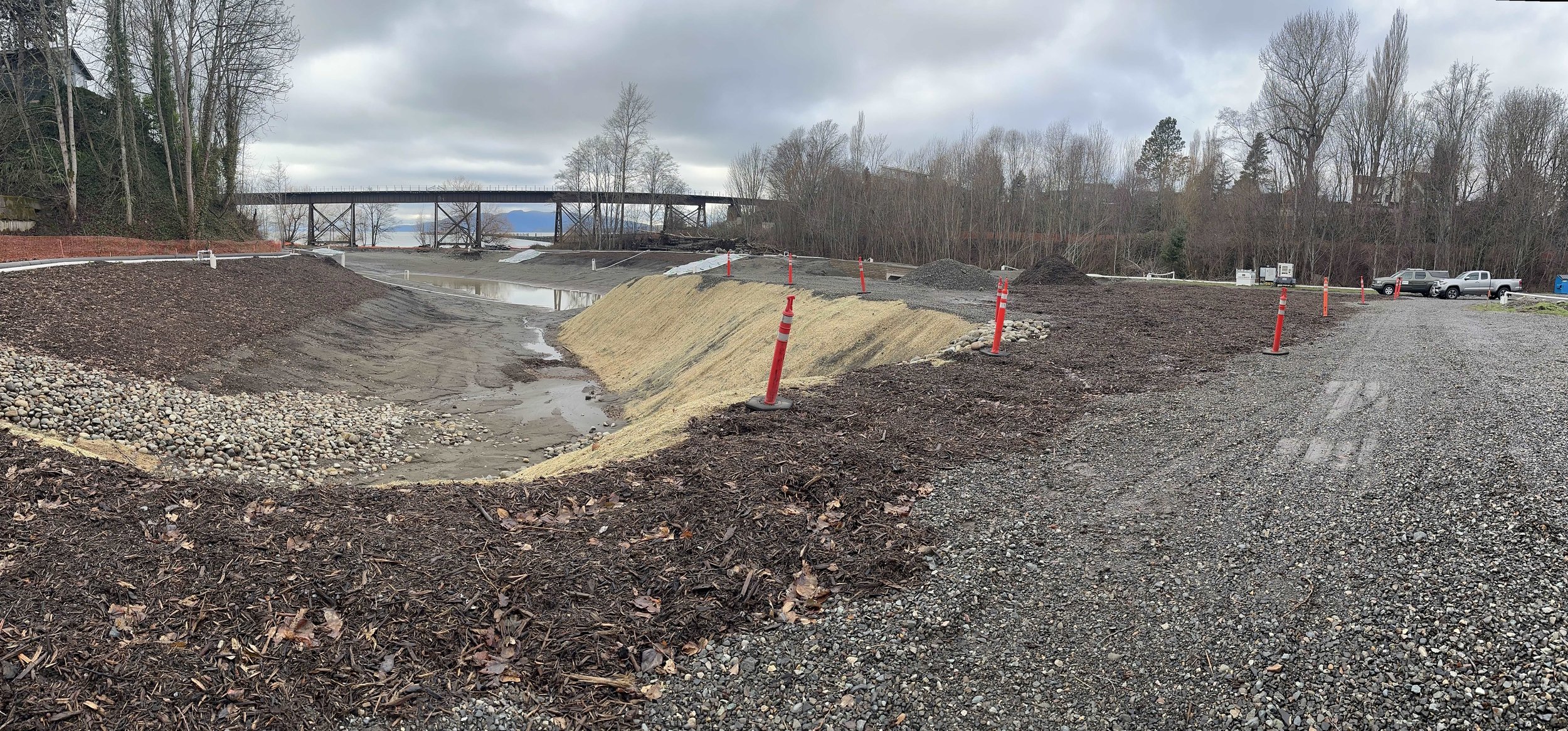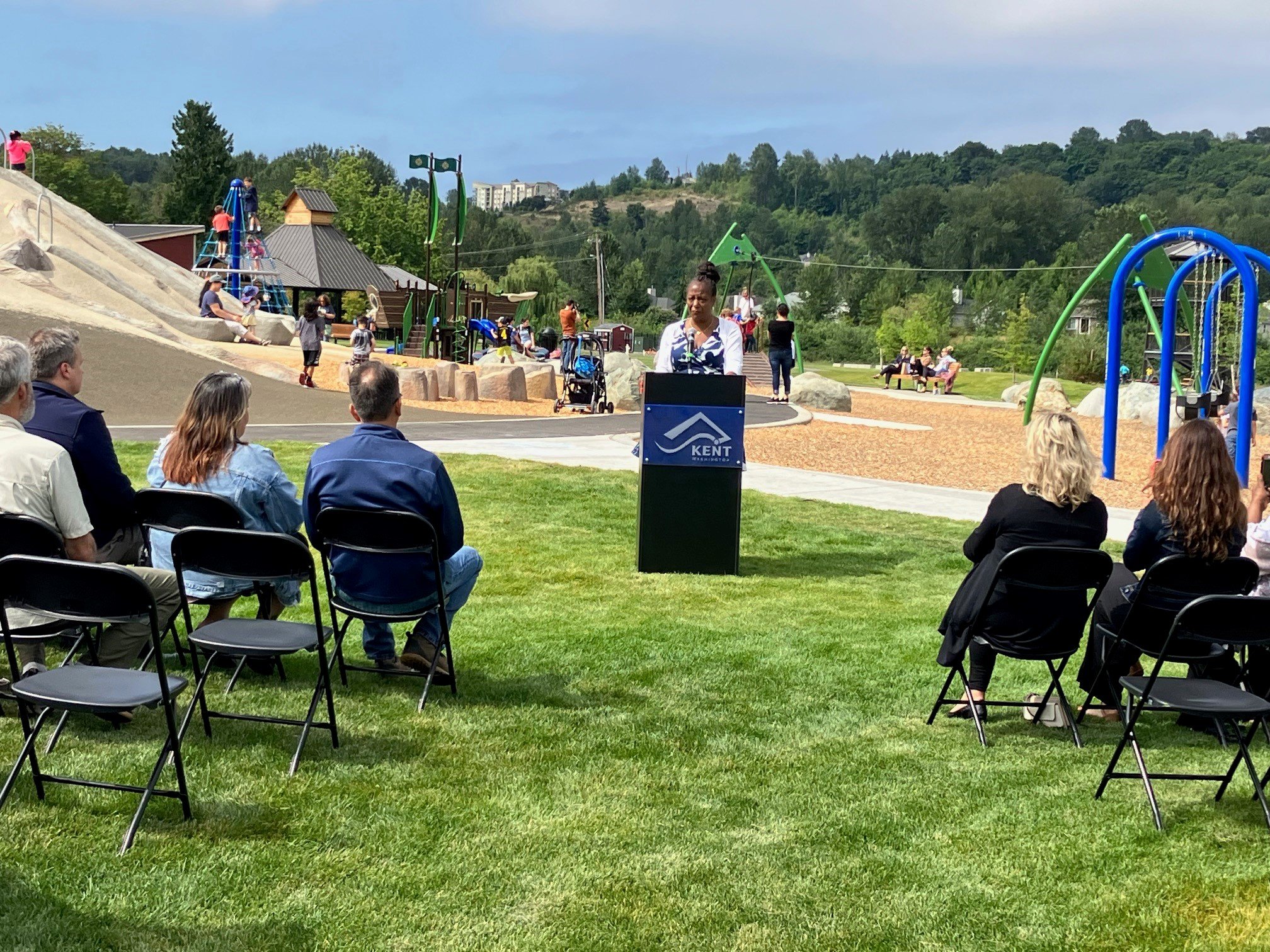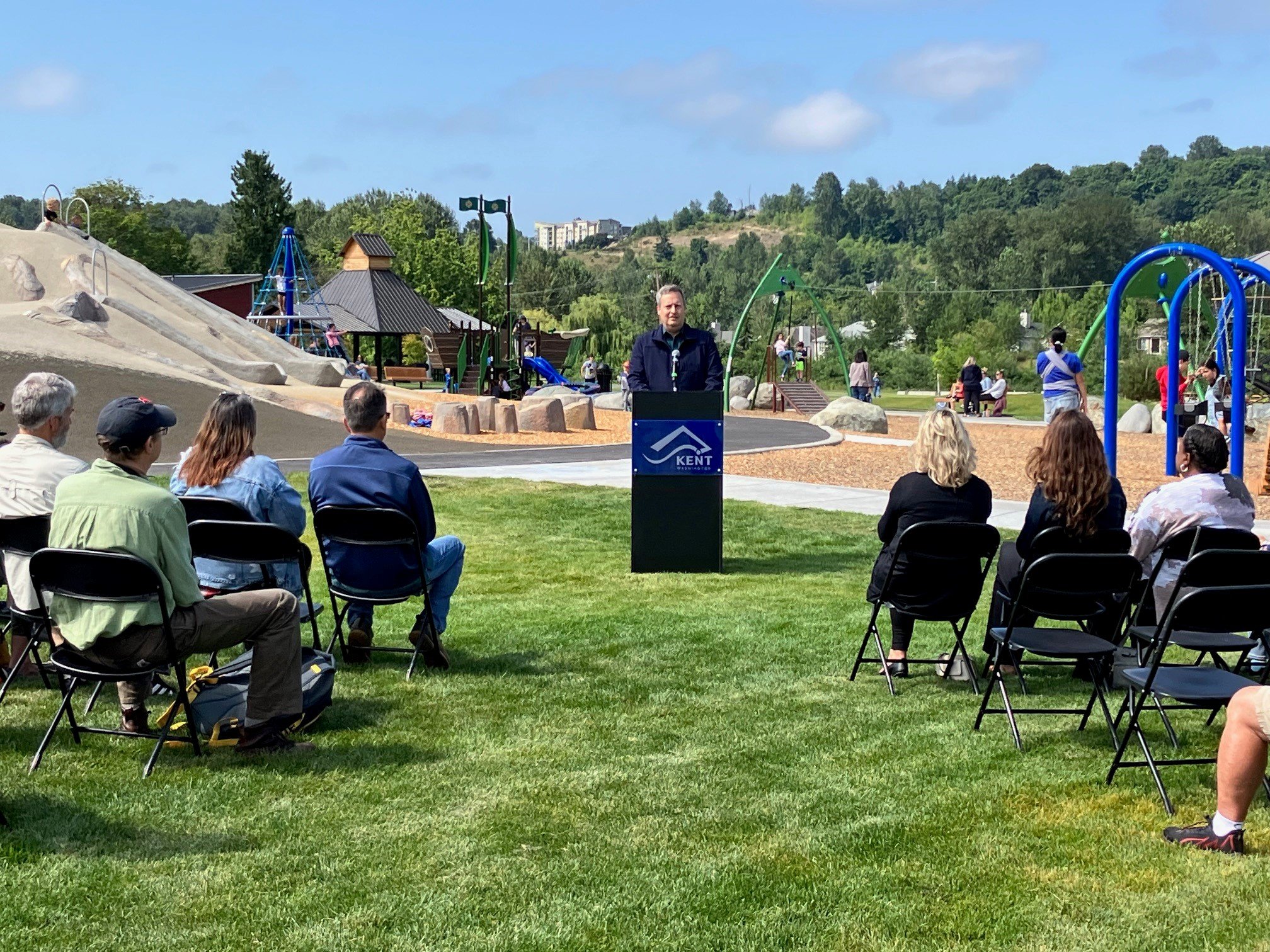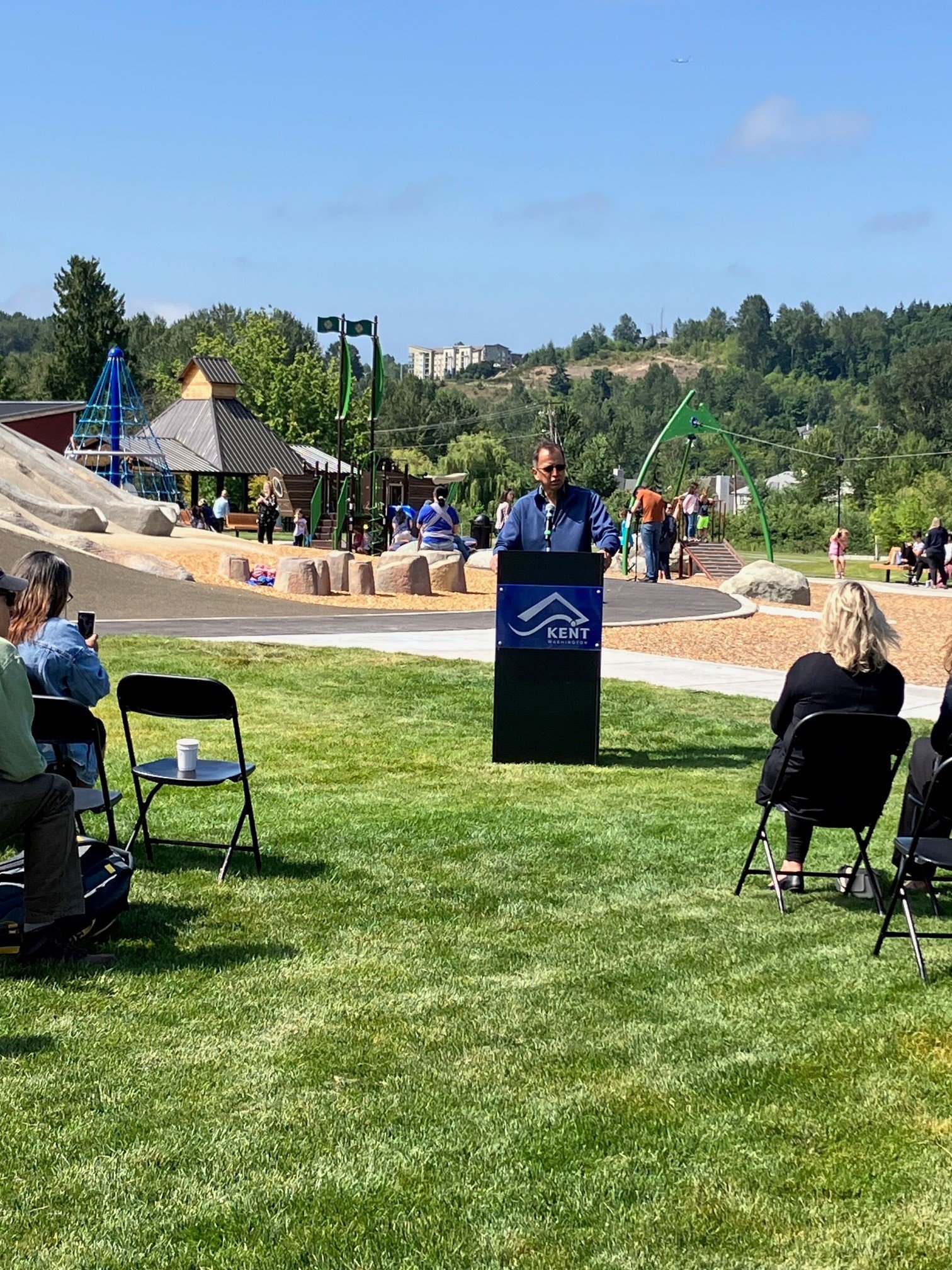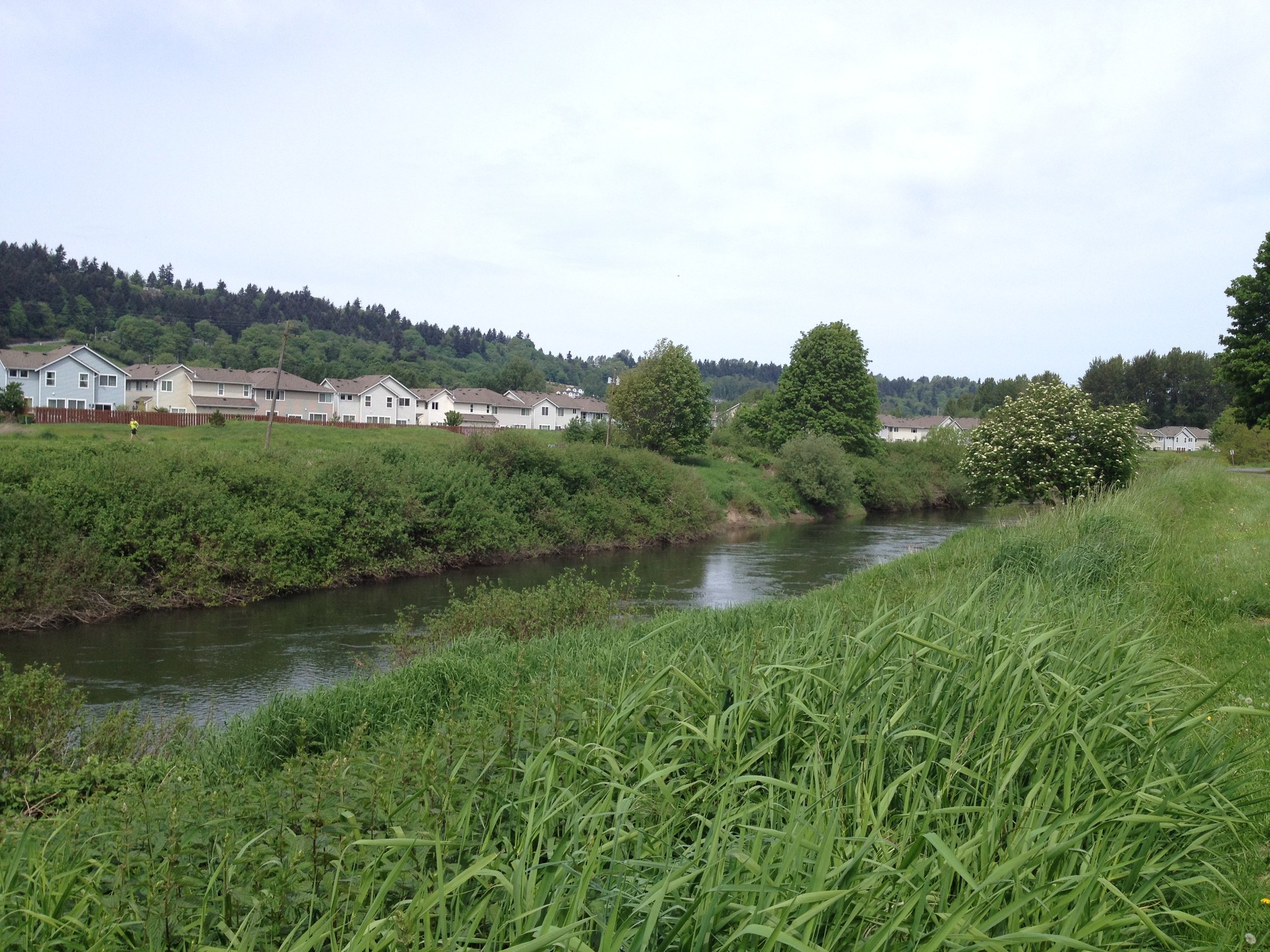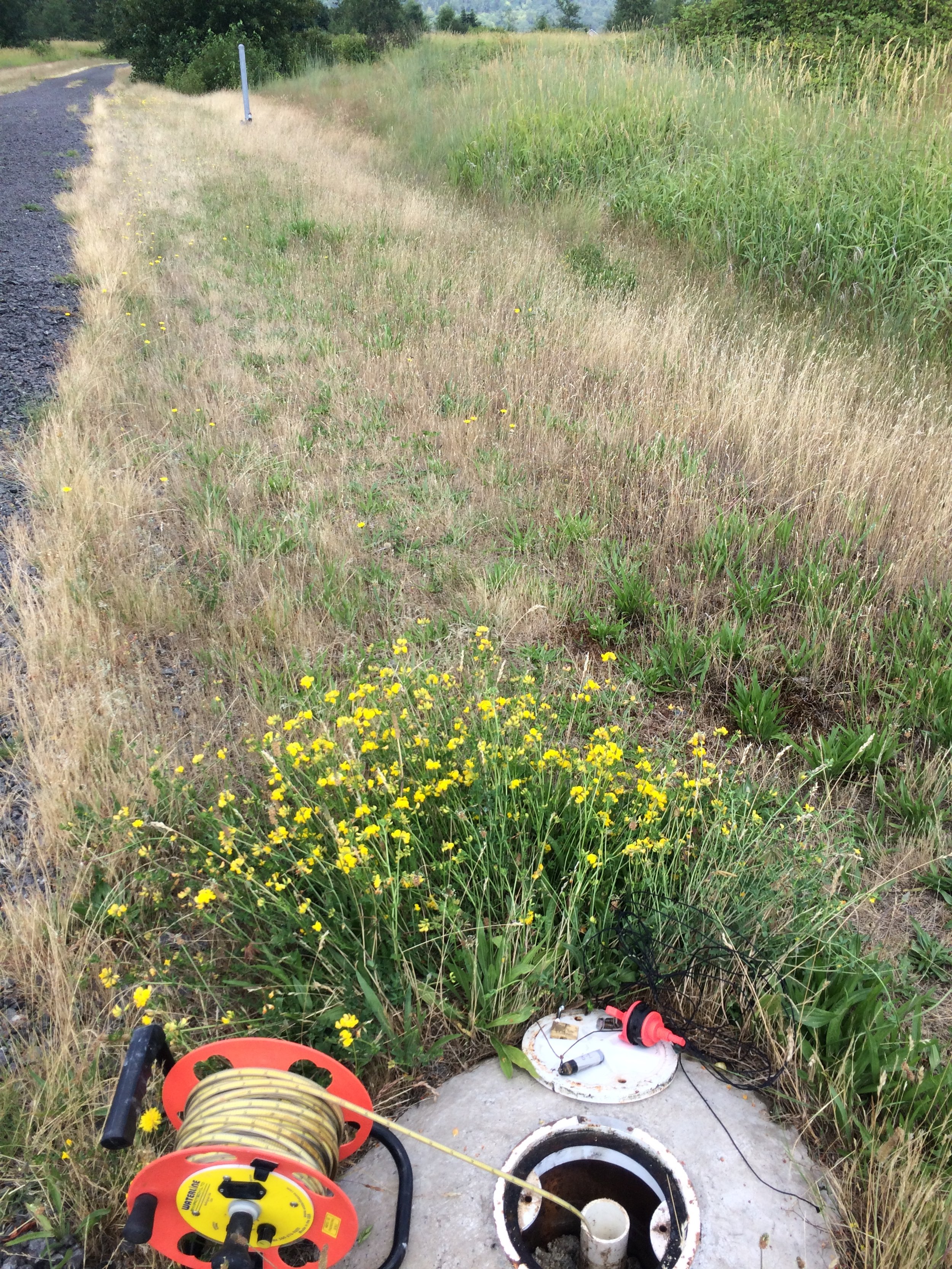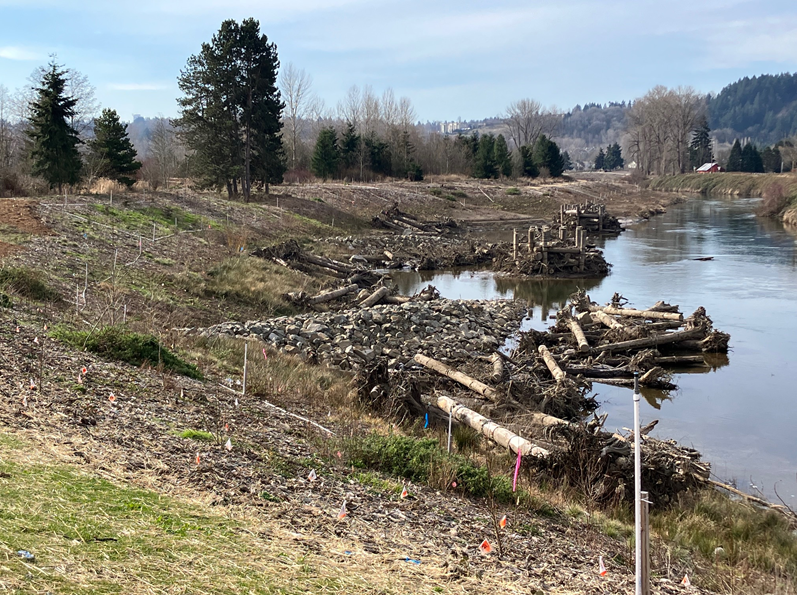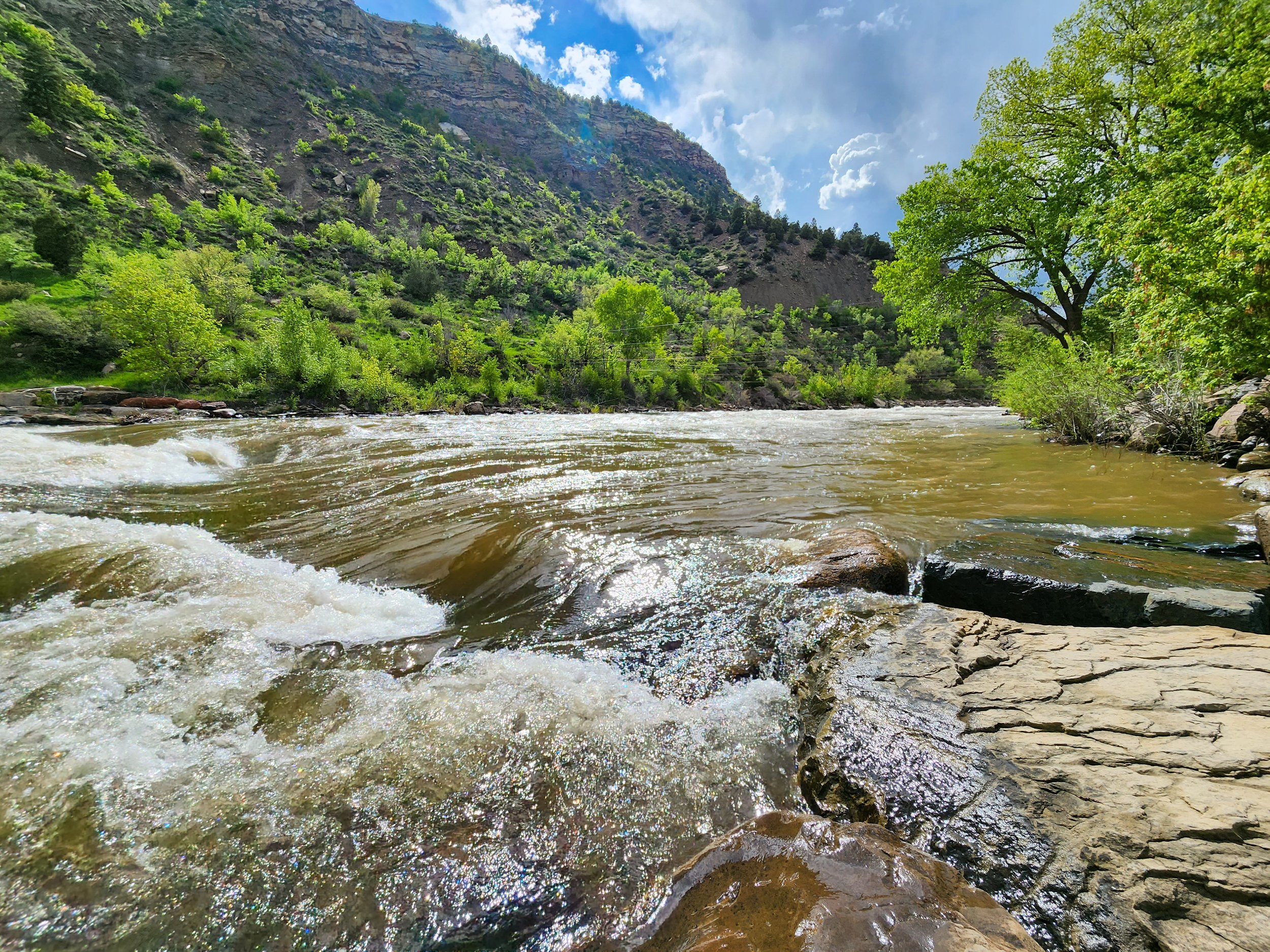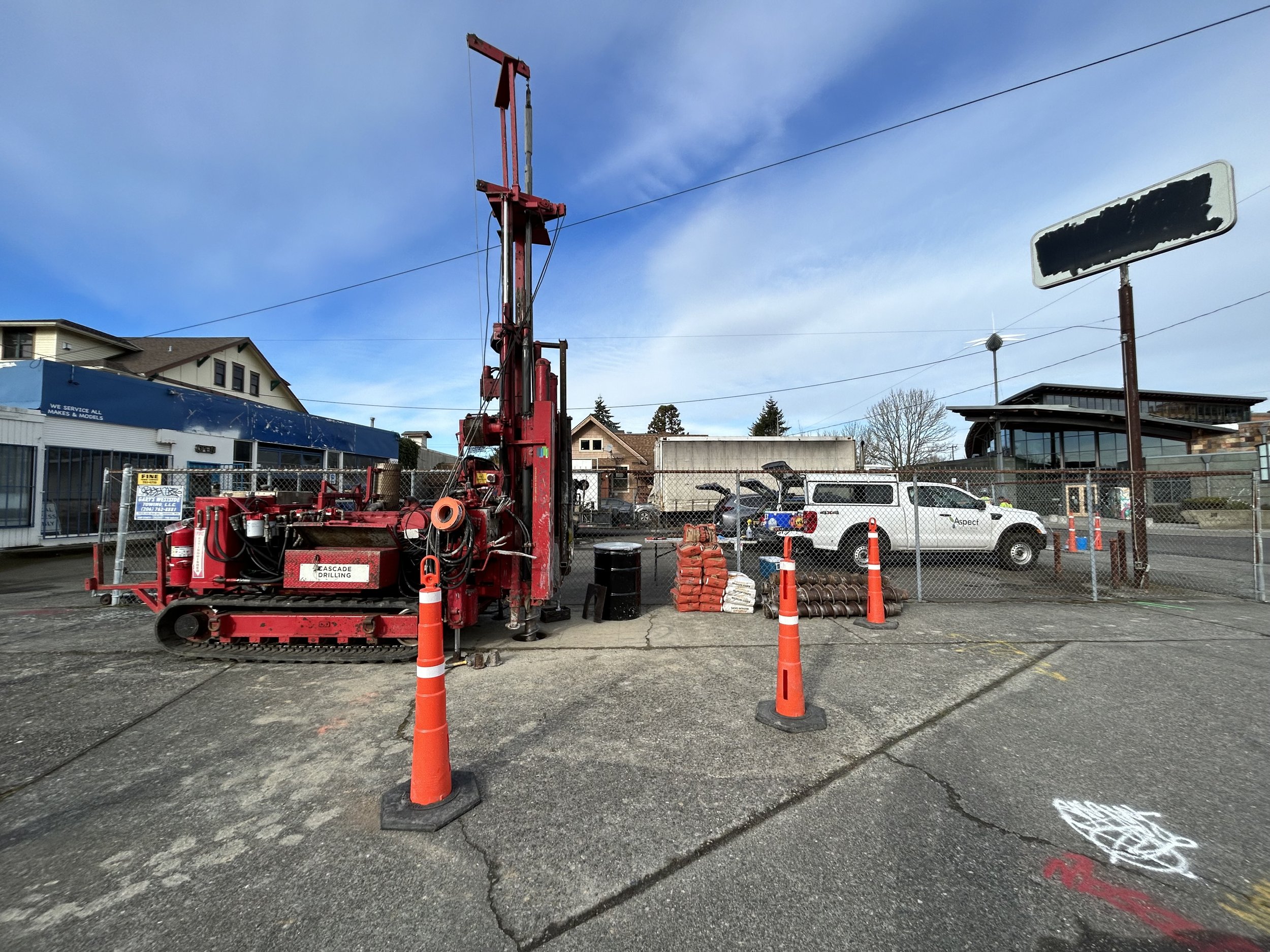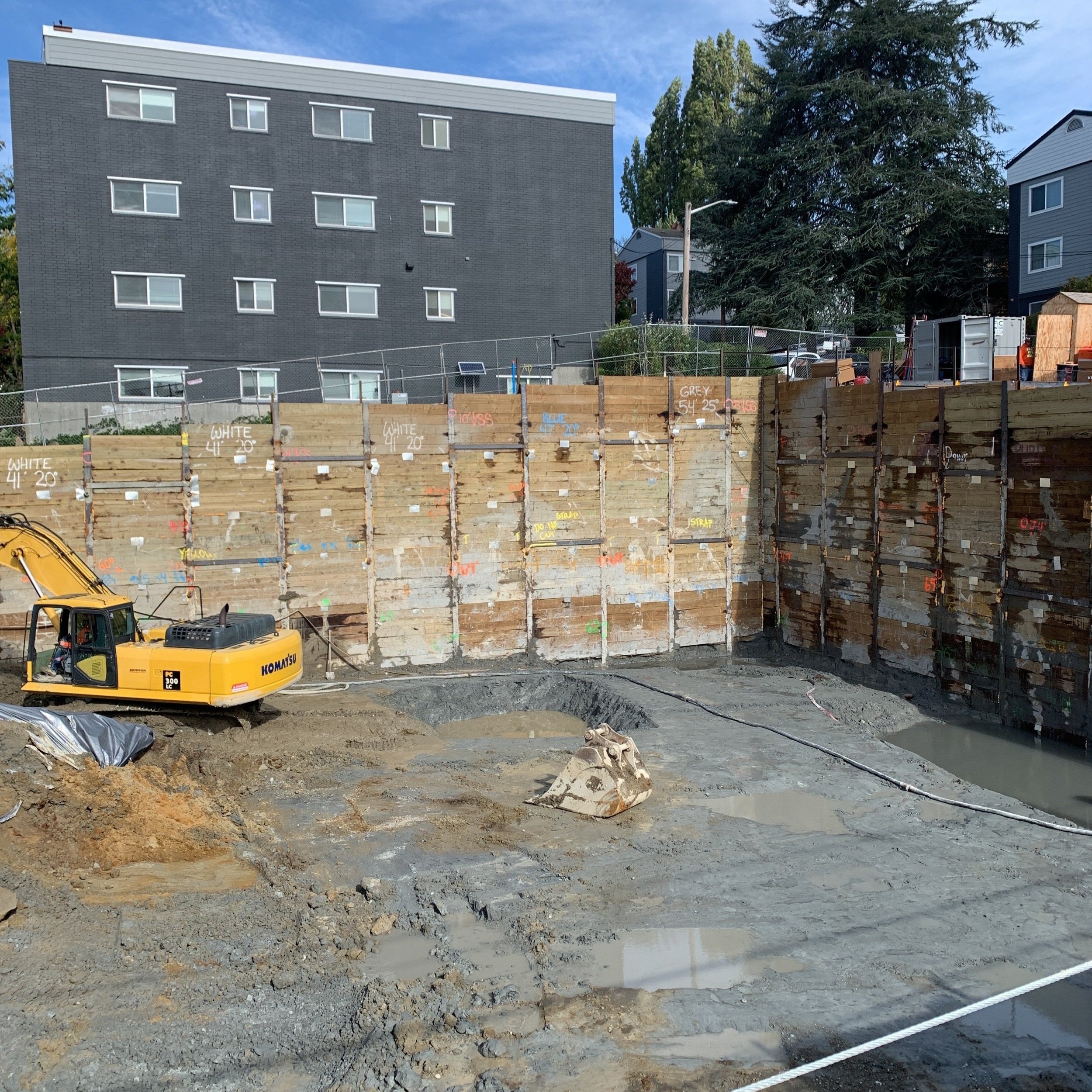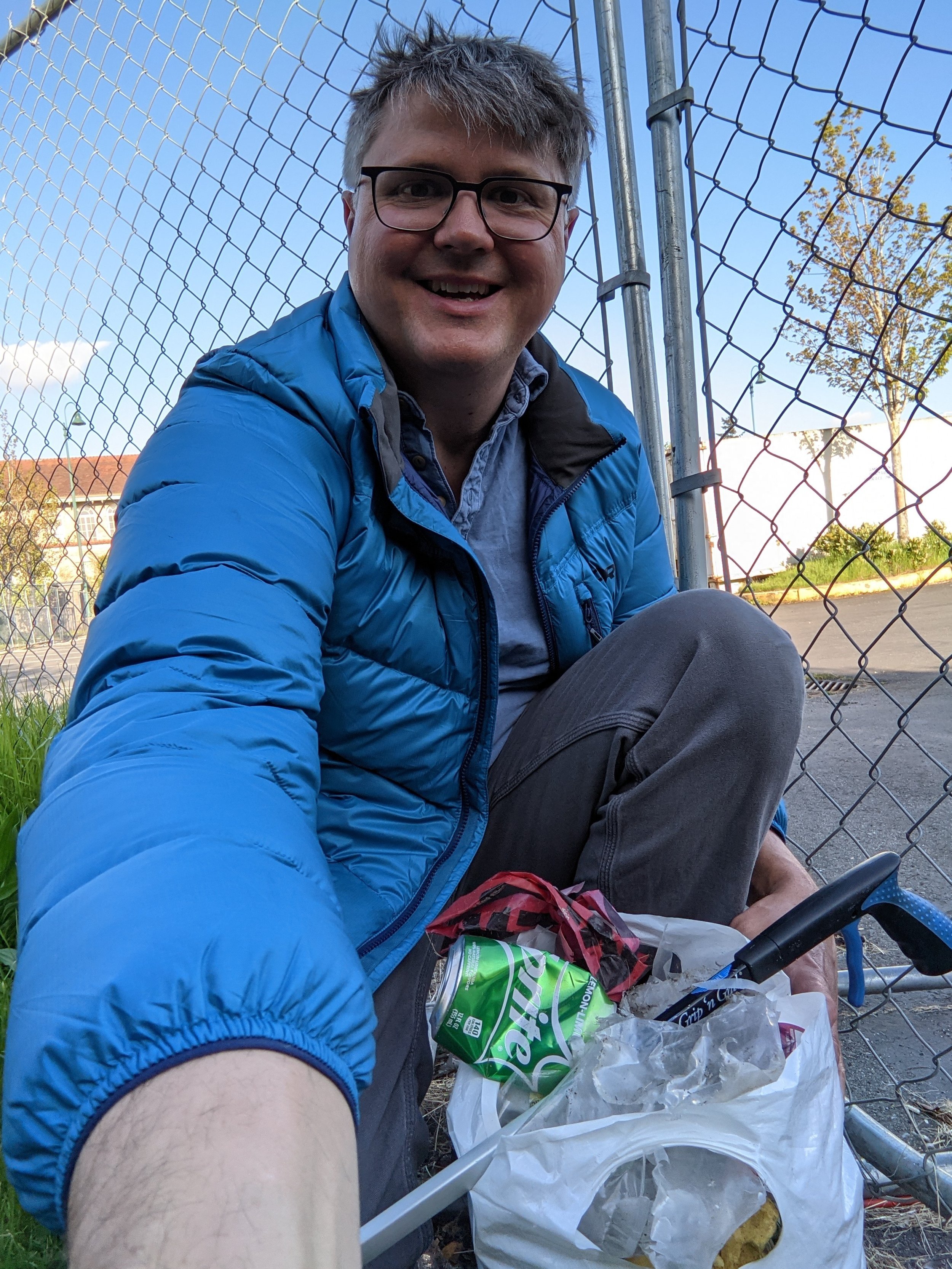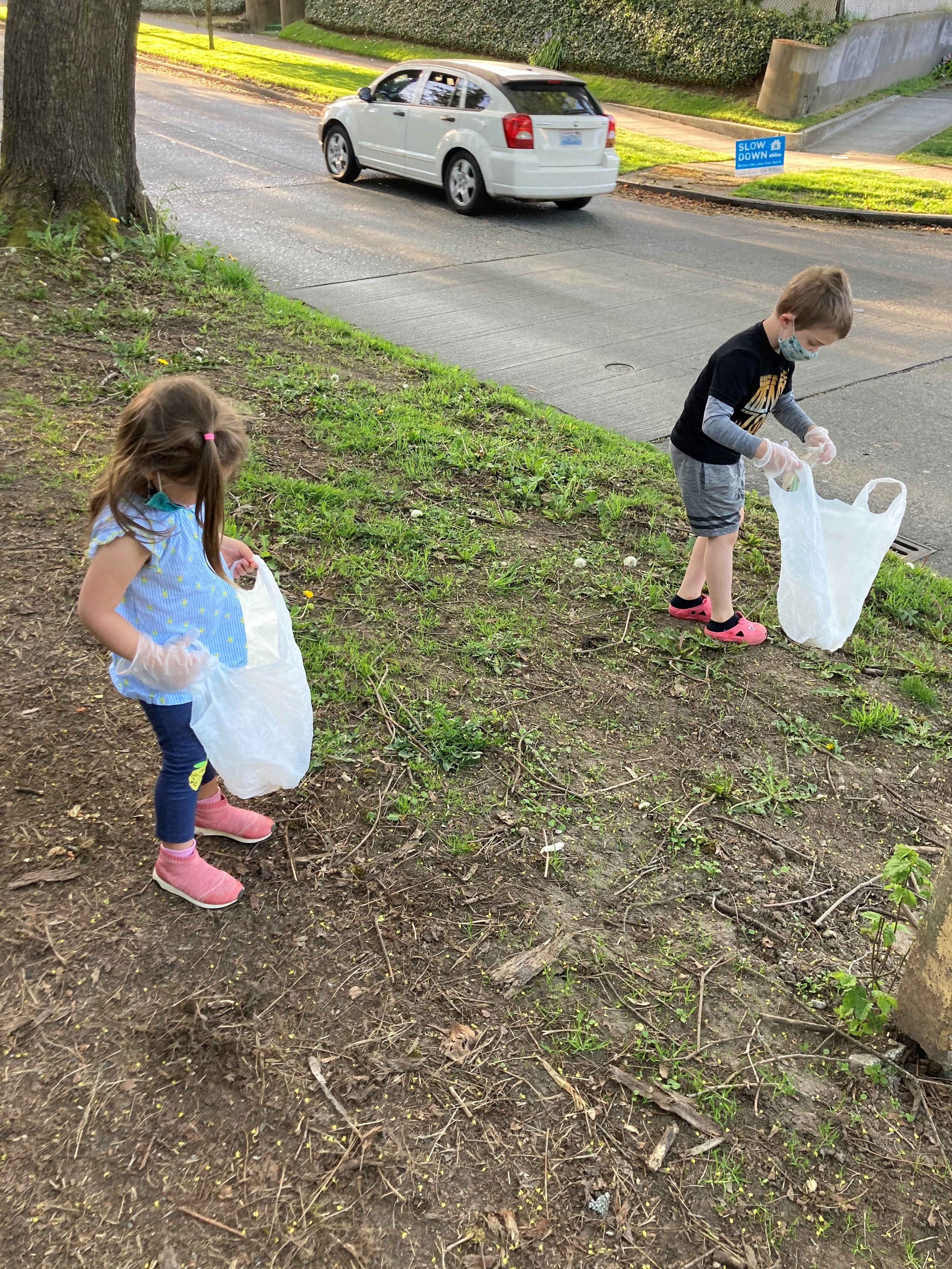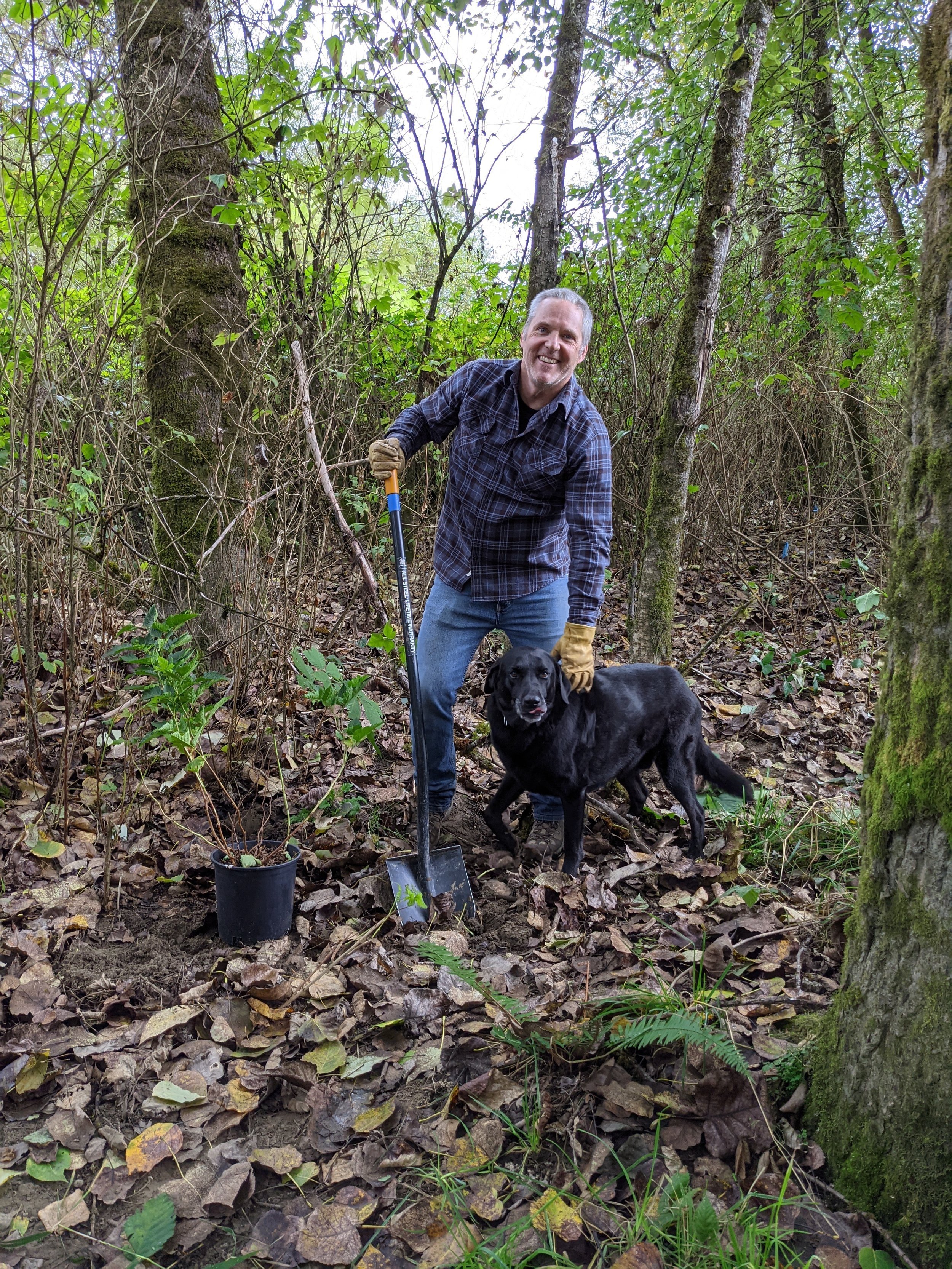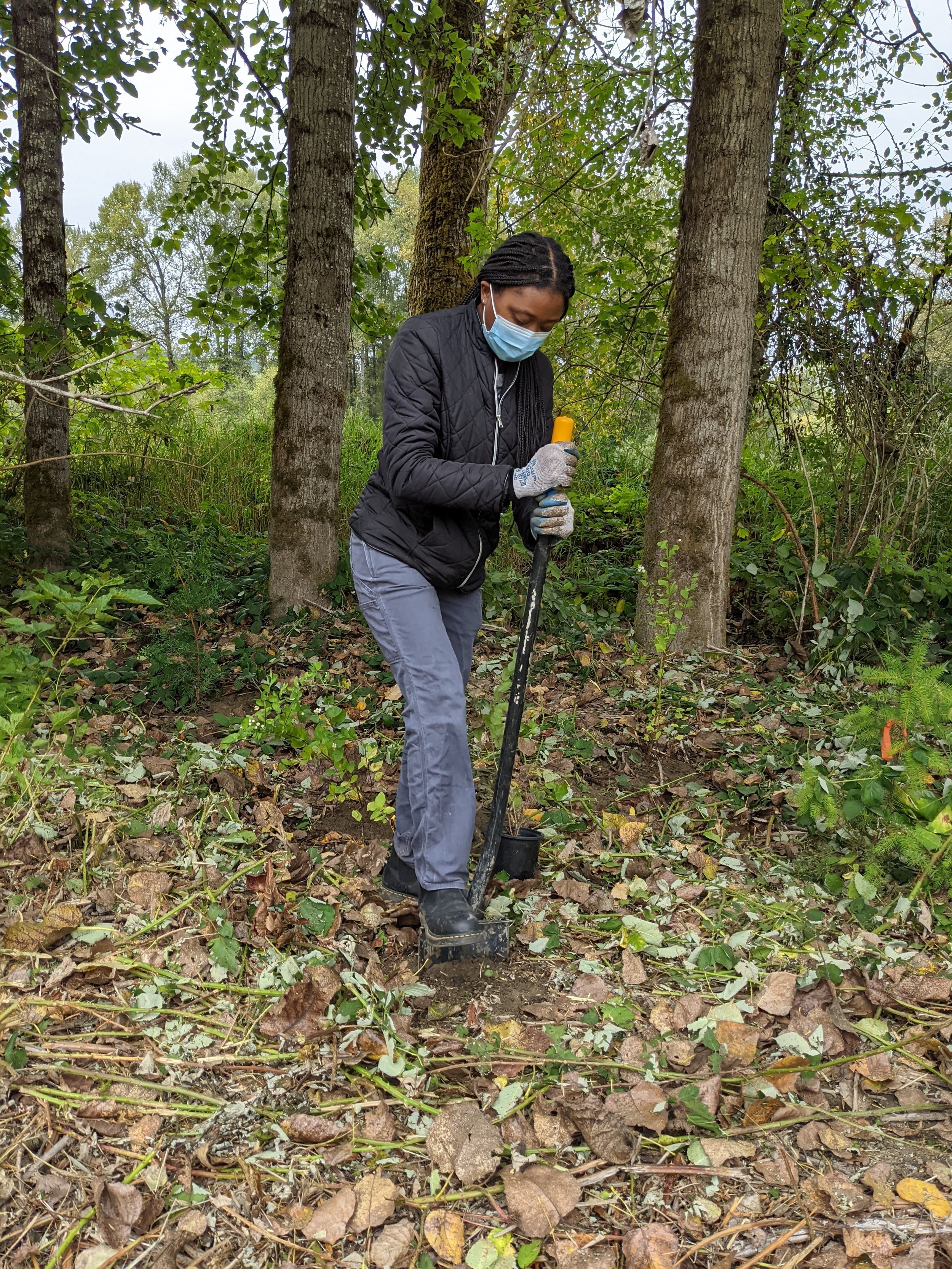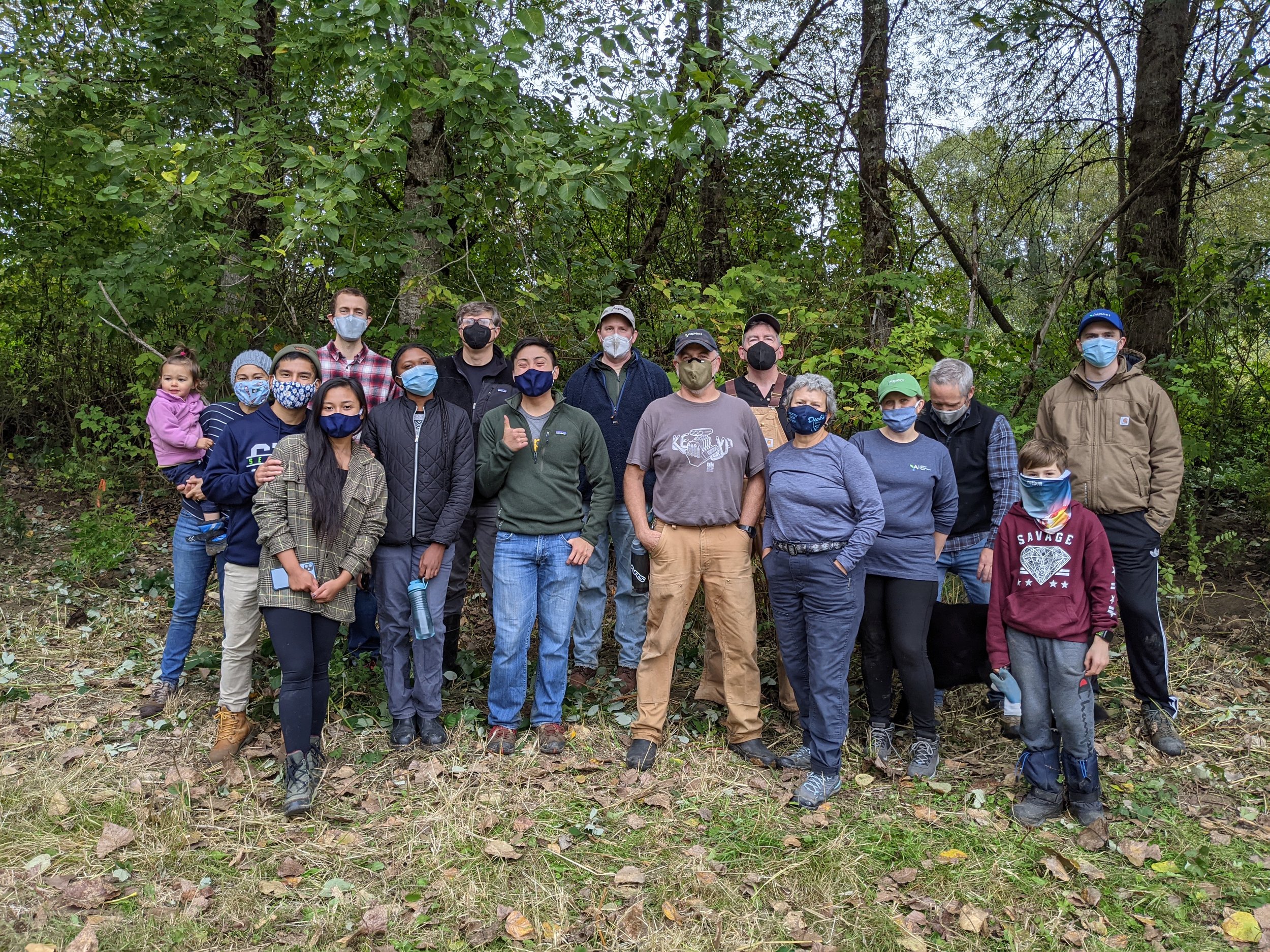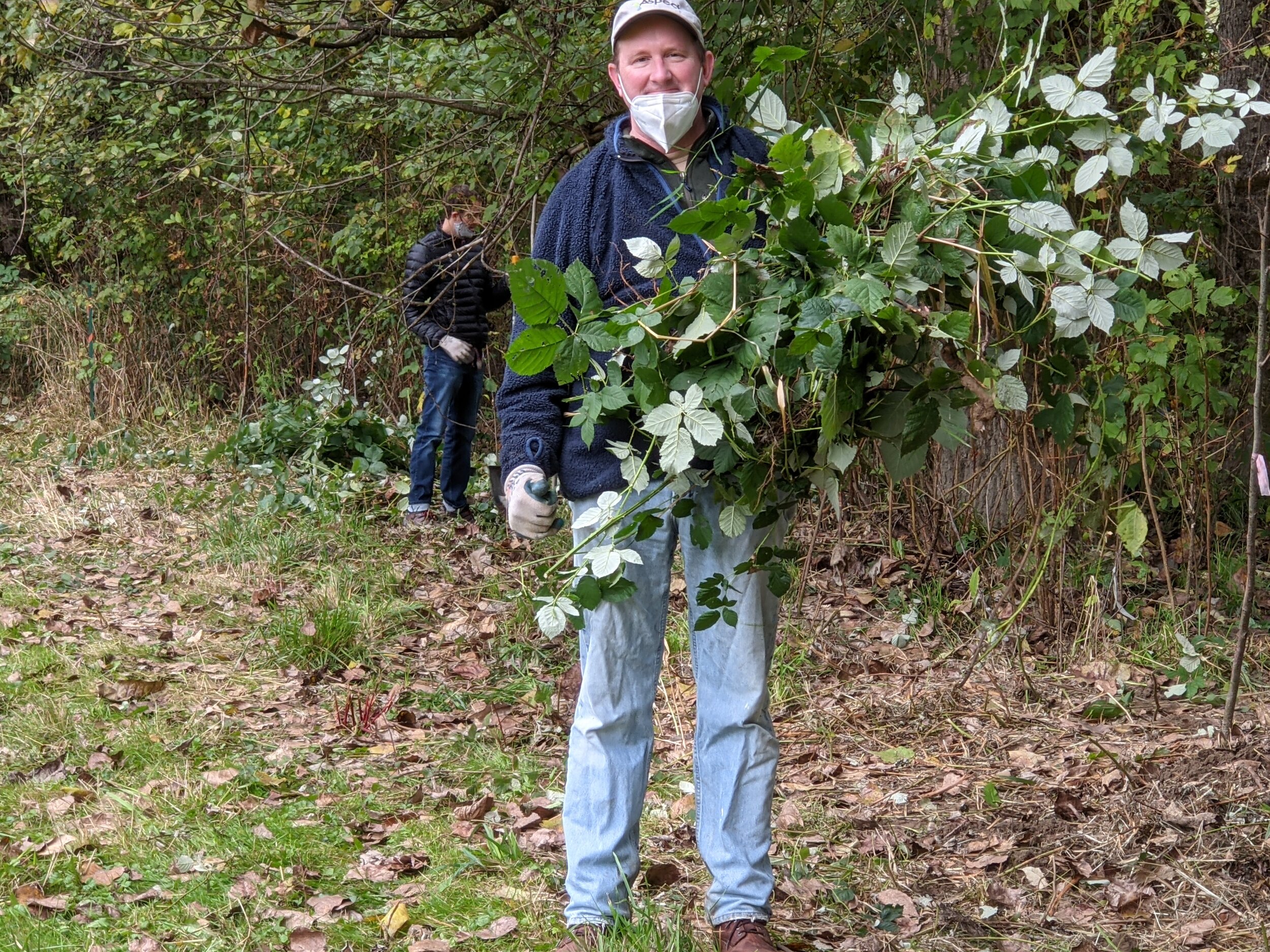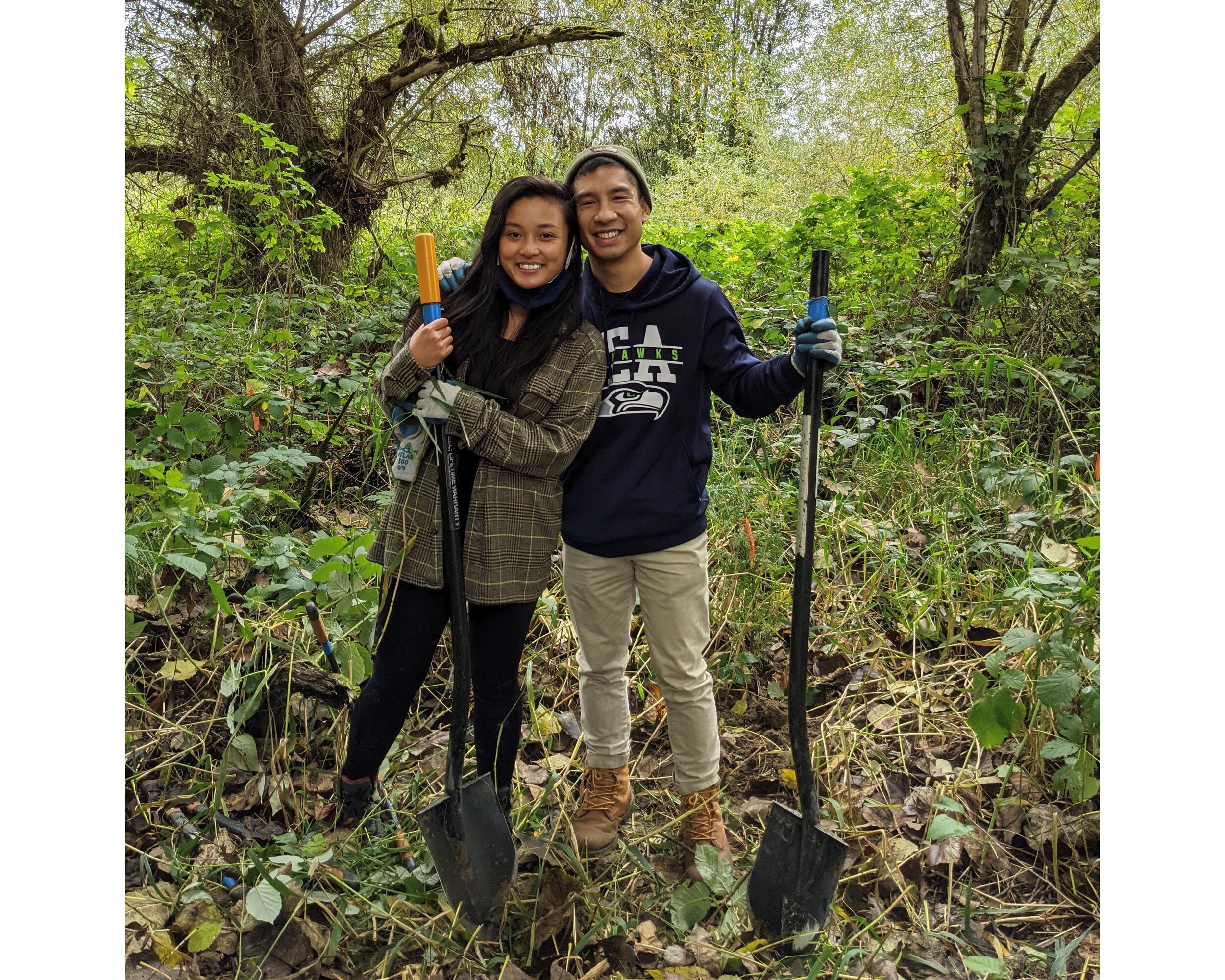The land the Maddux site is on has been through a lot. The last glacier left not just weak soils but left them at wildly varying depths. You can drill at one spot and reach stiffer soils within a few feet of the surface, then move over 10 feet, drill again, and have the strong glacial soils be 15 or more feet further down.
Add to this the legacy contamination from former dry cleaners and a gas station that has since spread throughout the soil and groundwater. Excavation to remove contaminated soil was already part of the site’s environmental plan, but to extend that excavation to remove all the soft and liquefiable soils in addition to all the contaminated soils would have required more digging, deeper shoring, and more off-site soil disposal – and a lot more money. We also needed to make sure whatever ground improvement we used didn’t interfere with our environmental team’s remediation plan.
Whatever the method, we wanted it to be as cost-effective as possible. Ecology’s funding for the Maddux development only covers the environmental remediation. Any expense for building foundations is the responsibility of MBHA, which as a nonprofit has limited funding. Our geotechnical team carefully weighed the costs versus benefits of several options. For example, conventional deep auger cast piles, which are often used at sites like Maddux, are relatively inexpensive to install, but they require a lot of concrete and steel to construct, adding more to the cost of materials. They also don’t improve the ground around the piles; the class rating would still be an F, which increases the cost of the building itself.
Displacement Rigid Inclusions to Raise the Grade
As we weighed the factors, it became apparent that displacement rigid inclusions were the most appropriate and cost-effective technique for the site. Rigid inclusions are a ground improvement method that use columns of concrete to transfer the weight of a structure through loose soils down to more competent bearing soils below, thereby reducing potential damage from liquefaction.
What made the ground improvement for the Maddux project unique in the Seattle area was the use of displacement rigid inclusions. Displacement rigid inclusions are a type of rigid inclusion that involve specialty tooling that densifies the soil around each column. The act of drilling the columns “displaces” the ground around it. The soil between the columns is pushed together and becomes denser, thereby reducing the chance it will liquefy during an earthquake. Displacement rigid inclusions provide structural support for the building with the same element that is used to mitigate liquification.
Tests to Pass the SDCI Test
There aren’t many chances to test seismic design—the Seattle area hasn’t experienced a “design-level” earthquake, one with the magnitude we are designing our buildings for, in hundreds of years, so it can be hard to predict exactly how a building will respond. Instead, engineers study what has happened during other earthquakes under similar circumstances. We can then apply that understanding to safely develop innovative techniques to protect against earthquakes at more problematic sites like Maddux. To use displacement rigid inclusions for the Maddux project, the design required approval from the City of Seattle. Displacement rigid inclusions had never been used before to change the site class of a project in Seattle.
During design, we conducted cone penetrometer tests (CPTs) to determine the soils’ geotechnical engineering properties plus extensive laboratory tests on the soils. We worked with specialty ground improvement contractor Condon Johnson to assess whether the soils would respond to the displacement the way we thought they could. From those tests, the detailed ground improvement design was established including the spacing of each column needed to effectively strengthen the soil between columns.
Our team met regularly with Seattle Department of Construction and Inspections (SDCI) to present our design approach. Conservative estimates were developed for how much densification would be possible in the site soils. We found that the ground improvement could be designed to achieve adequate densification to eliminate liquefaction risk –and thus raise the site class.
SDCI approved the approach during design, but all was contingent on the results of verification testing after the rigid inclusions were installed. If we installed the columns and performed more CPTs that showed enough improvement in the soil strength, they would give final approval.
Installing the Columns
We started installing the displacement rigid inclusion columns at the Maddux site at the beginning of 2021. The drilling required specialty displacement auger tooling, and because this technique isn’t used much in this area, the driller had to bring the displacement auger up from California.


